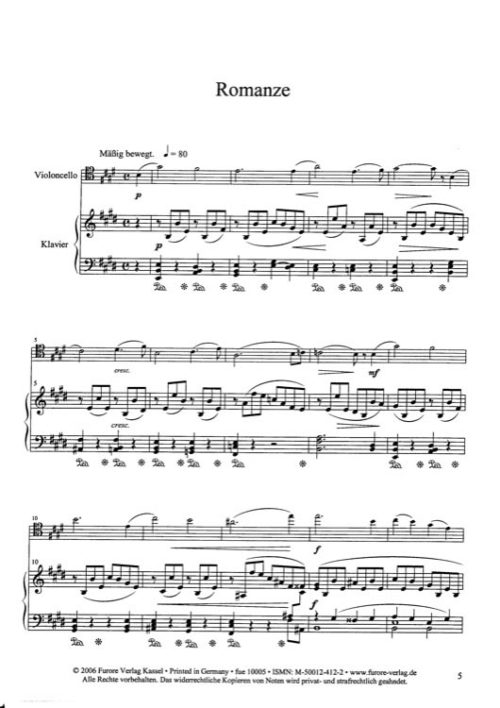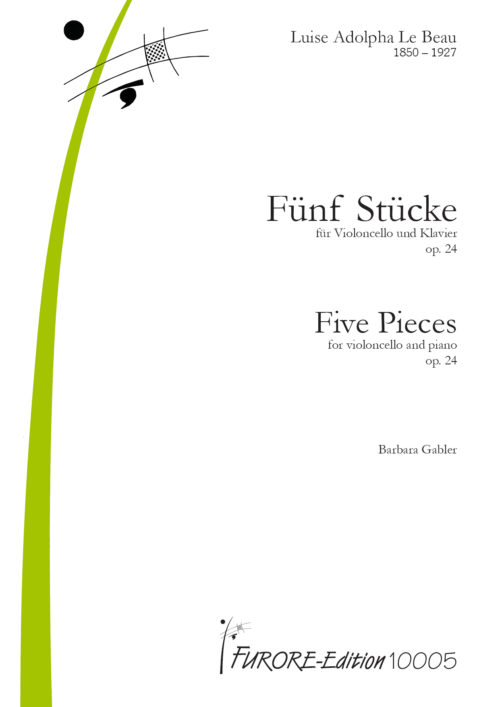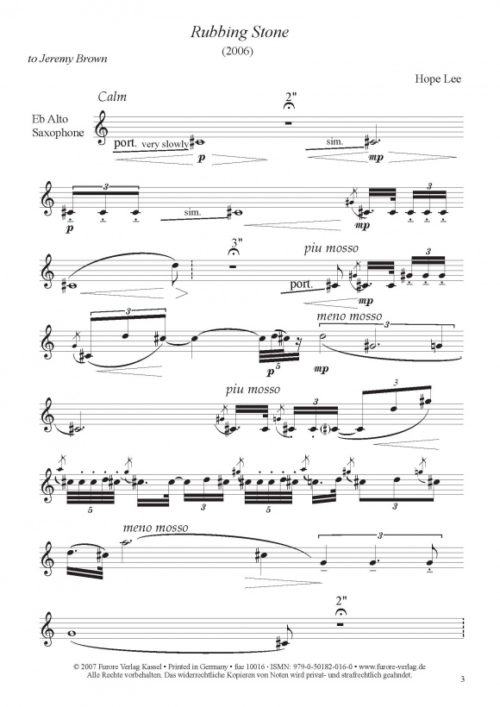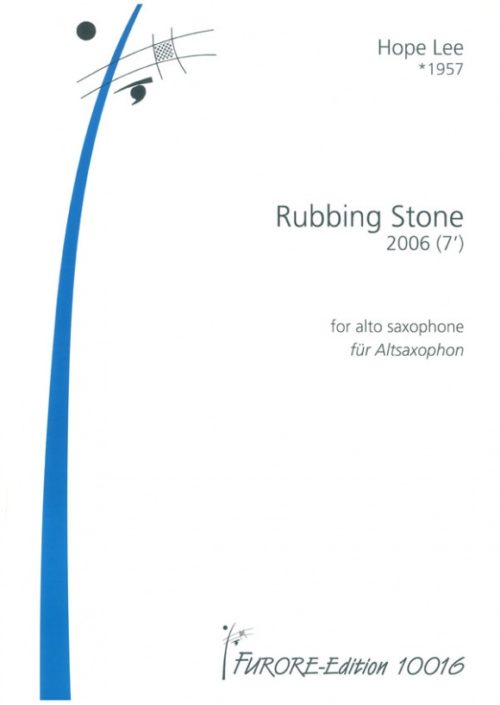Description
Anniversary Edition 2:
pian é forte. Music for Piano: Women Composers through the Centuries
Instrumentation: Piano
Edition: score with biographies and notes on the work
Level of difficulty: easy to medium
Anna Bon di Venezia ca.1740–?: Sonata I, 1. Satz Allegro, from: Sei Sonate per il cembalo op. 2
Maria Hester Park 1760–1813: Sonata I, 1. Satz Allegro, from: Two Sonatas for the Pianoforte or Harpsichord op. 4
Maria Szymanowska (1789–1831): Contre-danse, from: Dix-huit Danses de différent genre pour le Pianoforte
Emilie Zumsteeg (1796–1857): Polonaise Nr. 3, from: Trois Polonaises pour le Pianoforte
Louise Farrenc (1804–1875): Nocturne op. 49/1
Mel Bonis (1858–1937): Prélude op. 10, from: Cinq pièces musicales
Fanny Hensel geb. Mendelssohn (1805–1847): Klavierstück, E-Dur und Andante, d-Moll (Erstveröffentlichung)
Cécile Chaminade (1857–1944): Marche Russe, from: Album des Enfants op. 123/12
Ruth Schonthal (1924–2006): The Seagull’s slow Ascent and Descent, from: Five Oceanic Preludes
Ljubica Marić (1909–2003): Song and Dance
Barbara Heller (*1936): Nelkenblume, from: Klaviermusik
Viera Janárčeková (*1951): Tröpfelnde Elegie, from: Abgestaubte Saiten
Hope Lee (*1953): Flower Drum Dance
Sibylle Pomorin (*1956): Nr. III, from: Istanbuler Kompositionen
Florentine Mulsant (*1962) : Nr. II und III, from: Cinq Pièces pour les enfants pour piano op. 12
Vivienne Olive (*1950): Bush Gin Rag
“It was the editor’s intent to place before the performer pieces enjoyable to play, pieces easy to enjoy, and pieces not terribly difficult to execute. Ordered chronologically, like its anniversary companion above, the works are suitable for the intermediate pianist, with a bit of wiggle-room on either side: some are a little easier than intermediate level, some are a little harder. All of the compositions are thoughtfully edited. …
The compositions shows a wide range of atmosphere and required touch. There are dances (Contre-danse by Szymanowska, Polonaise by Zumsteeg, Marche Russe by Chaminade, and Bush Gin Rag by Olive); mood pieces (Nocturne by Farren and Klavierstück by Hensel); and even one that includes improvisatory passages and a Turkish air. The piano and vocal volumes are equally compelling purchases.” Ellen Grolman, Journal of the IAWM, Vol. 17, Nr. 2, 2011
The pianoforte, the keyboard instrument which can be played both softly and loudly, was so called because it was such a ground-breaking invention. It has outstripped every other instrument, in that there is no other for which so much music has been written. Although English and French use the familiar short form “piano”, this is not to suggest that it is only played softly. The German „Klavier” likewise lacks any allusion to the crucial contrast of forte and piano. It is simply taken for granted and requires no further mention. However, the more we thought about this universal instrument, the more we were inspired to select some pieces which owe their genesis to this polarity of piano and forte.
In anniversary mood – 25 years of Furore Verlag – we cast our collective eye back, celebrating 250 years of the pianoforte with piano pieces which place particular emphasis on the sense of tone. The fact that the tone can only be influenced by touch, and not by any mechanical device, means that music can be performed on different levels at the same time. Previously, it had not been possible simultaneously to elaborate in dynamic shadings foreground and background, line and harmony, melody and accompaniment – in other words, music in its entirety – on one keyboard. The pianoforte opened up an immeasurably wide scope for interpretative variation and individual touch.
To play a piano score in all its complexity and its abundance of information is an intellectual tour de force – to say nothing of virtuosity. And we all know how readily we put a piece to one side with a sigh because the effort seems too daunting.
We have chosen compositions that are congenial to the hand and have left out those that might constitute too hard a nut to crack. The collection is intended to be performer-friendly, andante rather than presto. Our focus is on tone rather than technique, on suppleness rather than velocity. What was important to us was the initial appeal. We selected pieces whose charm lies in their dance-like quality, whose appeal is to the heart or whose sound arouses one’s curiosity.
We hope you enjoy them.










